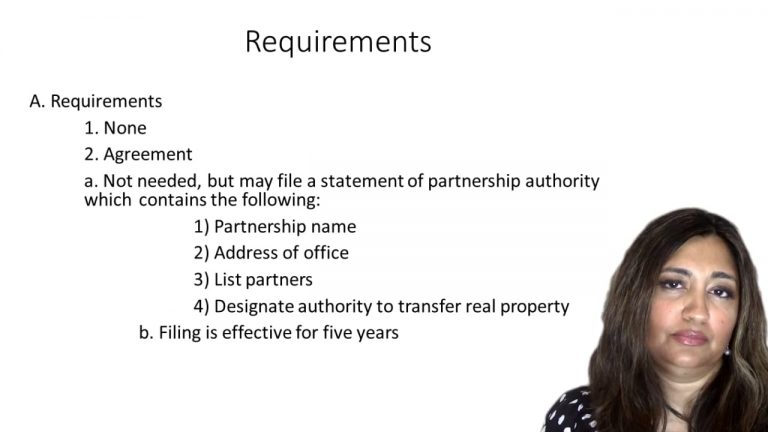SmartBrief
Confirm favorite deletion?
Business Entities Keyed to Chiappinelli
Brewer v. Insight Technology, Inc.
Citation:
689 S.E.2d 330 (Ga. App. 2009)Facts
Gary Aliengena formed ITI in 1996 as an internet-based load board business for the trucking industry. The business matched truckers with freight-hauling jobs. At the company’s inception, Aliengena hired Brewer as director marketing. Within months, Brewer became the company’s president. By 2000, Brewer met Pat Hull, who owned a competing load board business, GetLoaded.com, LLC. In 2002, Hull incorporated FreightCheck, LLC. Brewer was made an equal co-owner of FreightCheck with Hull, and they shared responsibility for managing and operating the company. Brewer operated FreightCheck out of the same building as ITI; used the same software for the two businesses; and directed ITI employees to work clandestinely for FreightCheck. Brewer urged Aliengena to sell ITI to GetLoaded, and in 2004 Aliengena agreed. Before the sale, however, an employee of ITI revealed to Aliengena that Brewer was a co-owner and manager of FreightCheck. Aliengena fired Brewer, and ITI filed suit against Brewer.
Only StudyBuddy Pro offers the complete Case Brief Anatomy*
Access the most important case brief elements for optimal case understanding.
*Case Brief Anatomy includes: Brief Prologue, Complete Case Brief, Brief Epilogue
- The Brief Prologue provides necessary case brief introductory information and includes:
Topic:
Identifies the topic of law and where this case fits within your course outline.Parties:
Identifies the cast of characters involved in the case.Procedural Posture & History:
Shares the case history with how lower courts have ruled on the matter.Case Key Terms, Acts, Doctrines, etc.:
A case specific Legal Term Dictionary.Case Doctrines, Acts, Statutes, Amendments and Treatises:
Identifies and Defines Legal Authority used in this case.
- The Case Brief is the complete case summarized and authored in the traditional Law School I.R.A.C. format. The Pro case brief includes:
Brief Facts:
A Synopsis of the Facts of the case.Rule of Law:
Identifies the Legal Principle the Court used in deciding the case.Facts:
What are the factual circumstances that gave rise to the civil or criminal case? What is the relationship of the Parties that are involved in the case.Issue(s):
Lists the Questions of Law that are raised by the Facts of the case.Holding:
Shares the Court's answer to the legal questions raised in the issue.Concurring / Dissenting Opinions:
Includes valuable concurring or dissenting opinions and their key points.Reasoning and Analysis:
Identifies the chain of argument(s) which led the judges to rule as they did.
- The Brief Prologue closes the case brief with important forward-looking discussion and includes:
Policy:
Identifies the Policy if any that has been established by the case.Court Direction:
Shares where the Court went from here for this case.
Topic Resources
Topic Outline

 2m 27s
2m 27s